So, can this be a lesson for eager Congress critters who stupidly put up legislation written by lobbyists for companies who stand to profit from it? Cut it out. Even though those lobbyists pretend they know what they're talking about, they have no flipping clue. Remember all the crap in the Energy Policy Act of 2005, Joe, that you tried to use to encourage transmission across West Virginia so you could unconstitutionally tax it? Yeah, turns out none of that was constitutional at all.
Same for your late great idea to make transmission FERC jurisdictional, and order FERC to cost allocate it and allow recovery of bribes. It can't work with existing regulations. You're attempting to completely upend the current system. But what happens is that you just make agencies like FERC chase their tail uselessly so that nothing ever gets accomplished.
Case in point... FERC has been working on a Rulemaking for cybersecurity incentives since 2020. But then the "Infrastructure and Jobs Act" happened last year.
Said FERC Commissioner Mark Christie:
“There’s a reason why these adders have come to be known as ‘FERC candy,’” Christie said. “They’re really sweet for those who get it, but not the consumers who have to pay for it.”
There's a reason a group of destructive crows is called a congress.
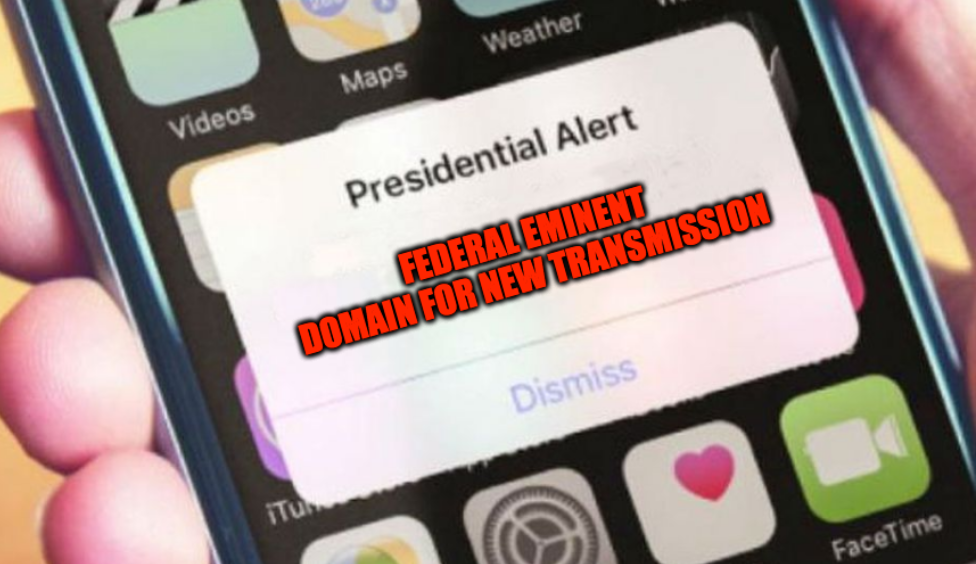
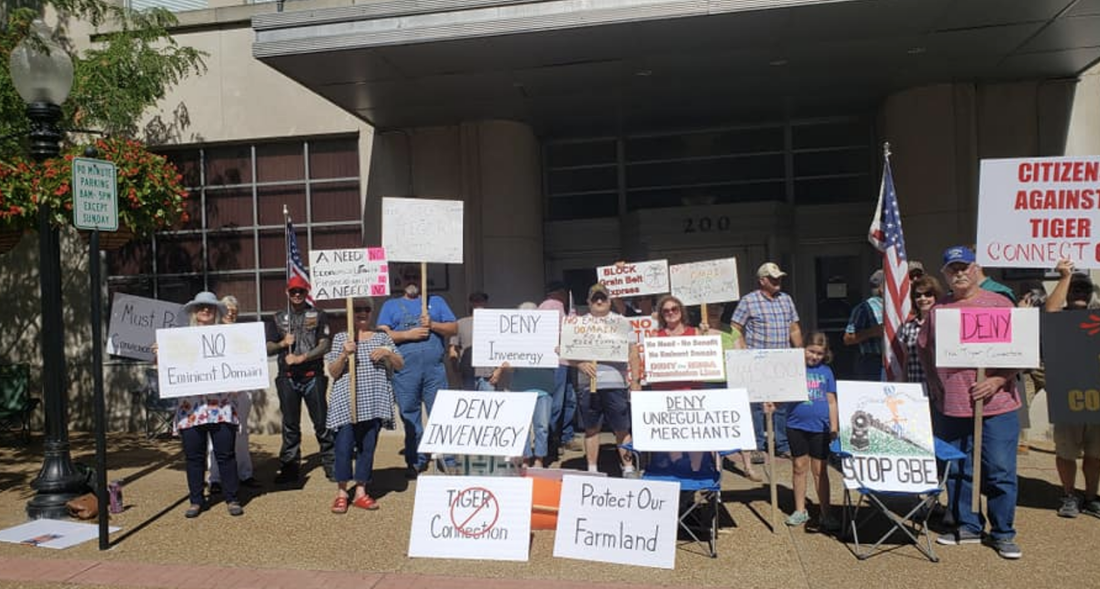
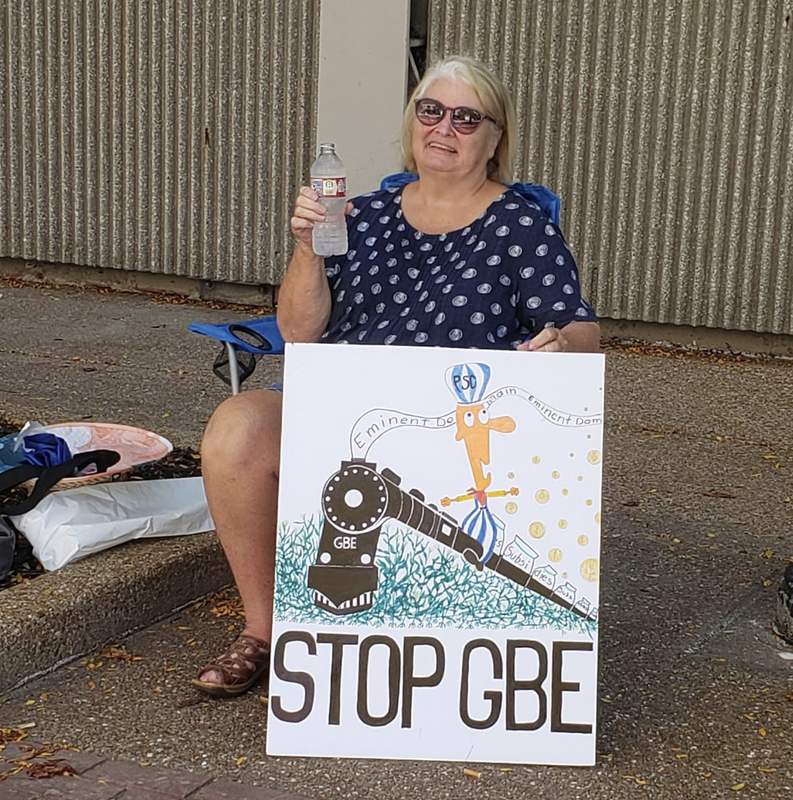
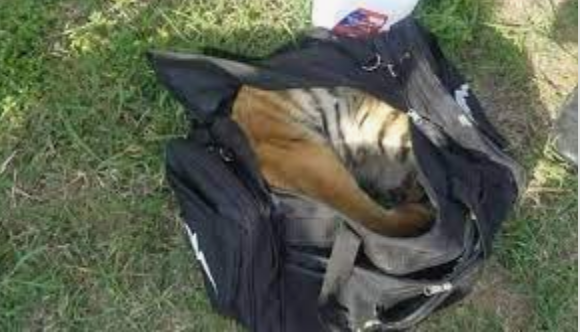

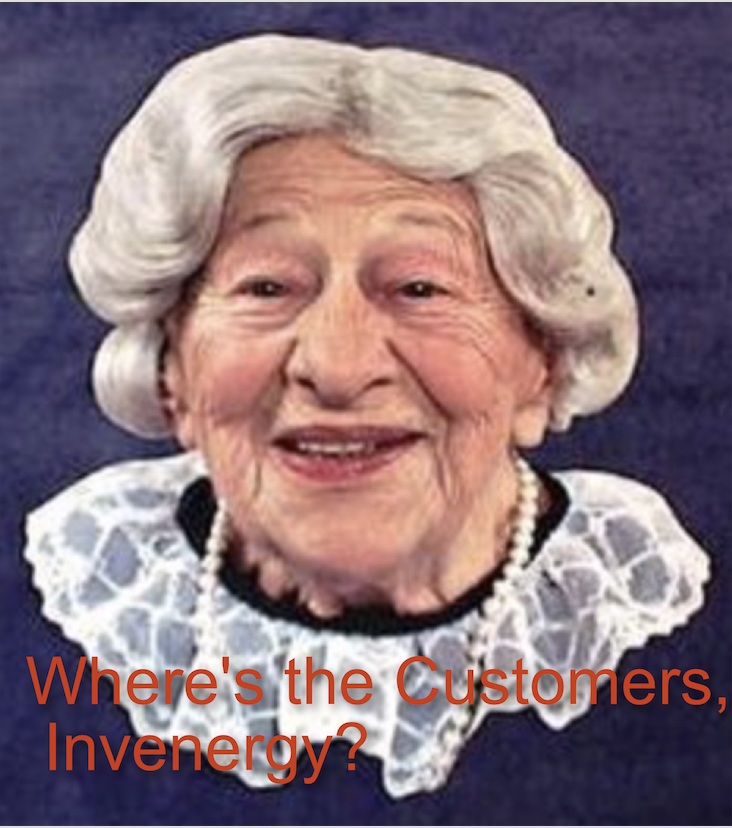
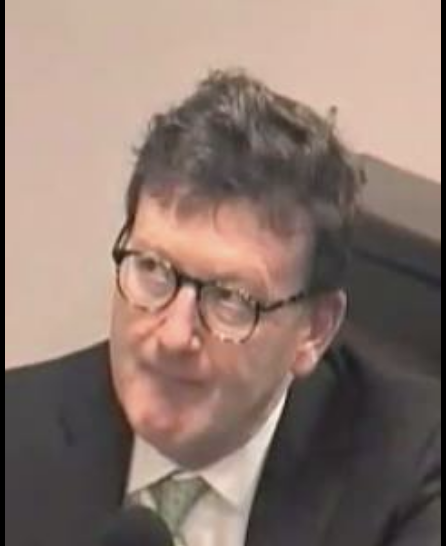
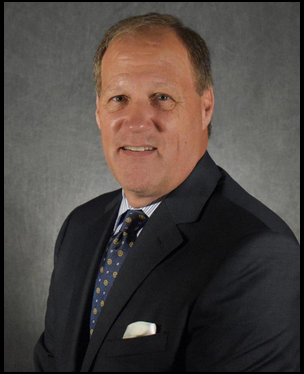

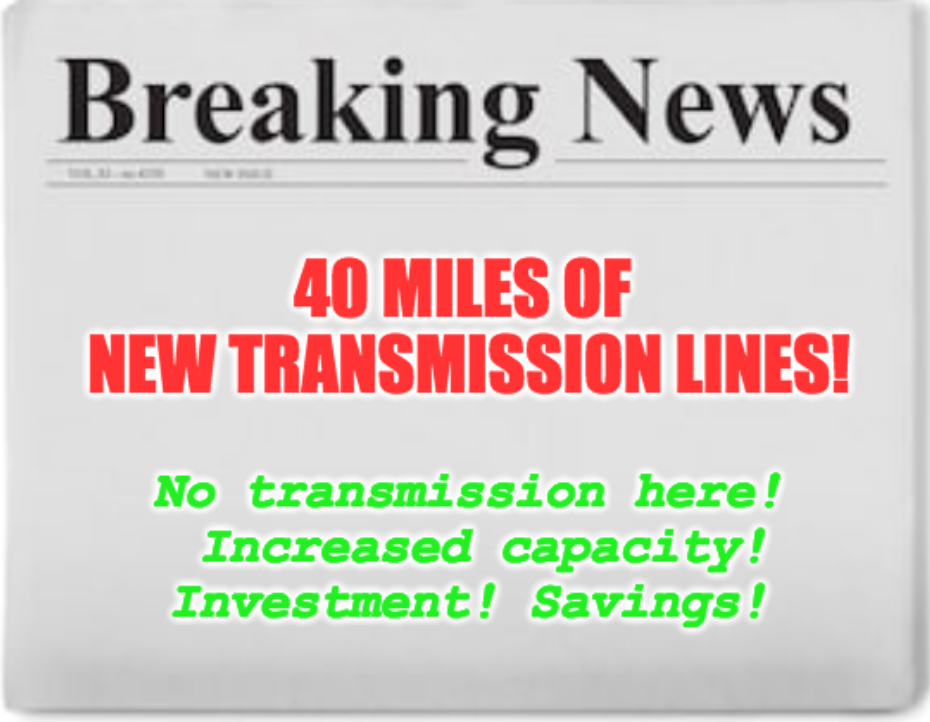

 RSS Feed
RSS Feed